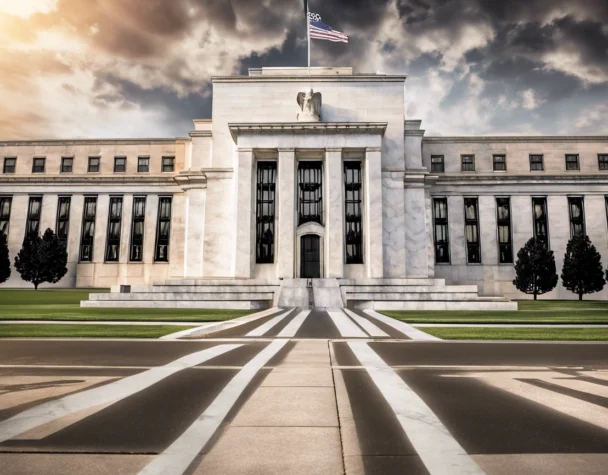
Assessing the Federal Reserve's Rate-Cutting Trajectory into 2025
Tue, December 10, 2024As 2024 concludes, the Federal Reserve (Fed) has initiated a series of interest rate cuts to stimulate economic growth amid moderating inflation. Investors and economists are now evaluating whether this trend will persist into 2025. Understanding the Fed’s potential actions requires analyzing current economic indicators, policy statements, and expert forecasts.
Recent Developments in Monetary Policy
In December 2024, the Fed reduced the federal funds rate by 25 basis points, bringing it to a target range of 4.25% to 4.50%. This move followed earlier cuts in September and November, marking a shift from the previous tightening cycle aimed at controlling high inflation. The decision reflects the Fed’s response to easing inflationary pressures and a deceleration in economic growth.
Economic Indicators Influencing Fed Decisions
- Inflation Trends: Inflation has decreased from its peak of 7% to 2.1% as of September 2024, approaching the Fed’s 2% target. This decline suggests that previous rate hikes have effectively curbed price increases, allowing for a more accommodative monetary stance.
- Economic Growth: The U.S. economy has shown signs of slowing, with growth rates between 1.2% and 1.7% in 2024. Sectors such as housing and manufacturing have experienced downturns, prompting concerns about a potential recession.
- Labor Market Conditions: While the labor market remains relatively strong, there are indications of softening, including a slight uptick in unemployment rates and reduced job openings. These factors contribute to the Fed’s cautious approach to monetary policy adjustments.
Fed Officials’ Perspectives
Federal Reserve officials have expressed a commitment to achieving a “neutral” monetary policy stance, where interest rates neither stimulate nor restrain economic activity. Chicago Fed President Austan Goolsbee anticipates reaching this neutral level, around 3%, by late 2025, implying a gradual reduction in rates over the next year.
However, some officials, like Fed Governor Christopher Waller, have noted that progress in reducing inflation may be stalling, suggesting a cautious approach to further rate cuts.
Market Expectations and Analyst Forecasts
Financial markets are pricing in additional rate cuts in 2025. The CME FedWatch Tool indicates a 74% probability of a 25 basis point cut in the upcoming December meeting.
Analysts from institutions like Morgan Stanley project that the Fed will lower rates gradually, reaching approximately 3.5% by the end of 2025.
Morgan Stanley Similarly, Morningstar forecasts the federal funds rate to decline to a range of 3.00%-3.25% by the end of 2025.
Potential Risks and Considerations
- Policy Uncertainty: The recent election of President Donald Trump introduces potential shifts in fiscal policy, including tax cuts and increased tariffs, which could influence inflation and economic growth, thereby affecting the Fed’s rate decisions. Financial Times
- Global Economic Conditions: Slowing growth in major economies like China and the Eurozone could impact U.S. exports and overall economic performance, potentially prompting the Fed to adjust its monetary policy accordingly.
- Financial Market Volatility: Uncertainty regarding the pace and extent of rate cuts may lead to increased volatility in financial markets, affecting investment decisions and economic stability.
Conclusion
The Federal Reserve appears poised to continue its rate-cutting cycle into 2025, aiming to support economic growth while steering inflation toward its 2% target. The trajectory of these cuts will depend on evolving economic indicators, fiscal policies, and global economic conditions. Stakeholders should remain vigilant and adaptable to the dynamic economic landscape as the Fed navigates its monetary policy path in the coming year.

